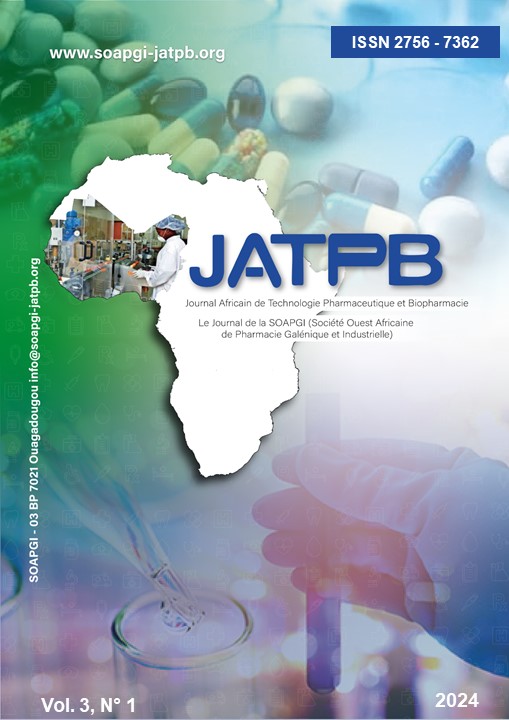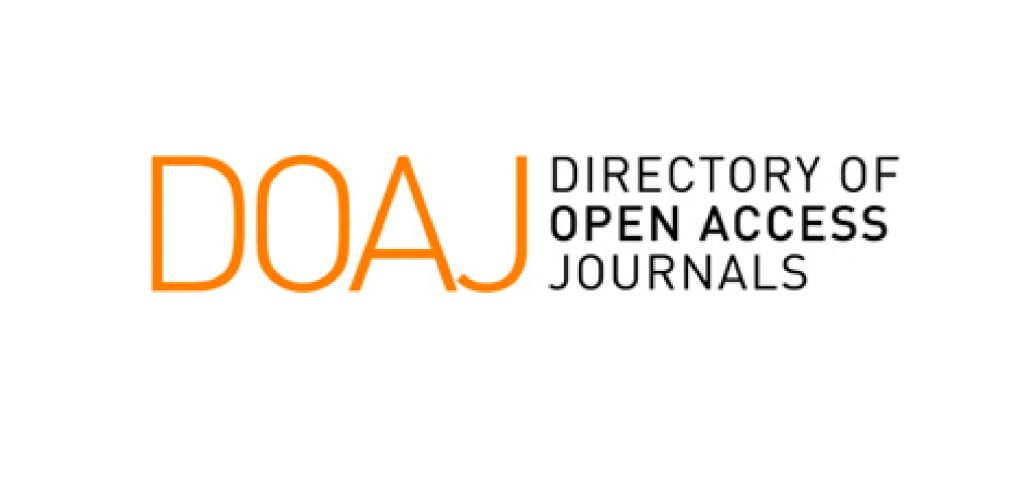Application of polyethylene glycol 8000 as plasticizer for the development of ellagic acid and Eudragit® EPO based solid dispersions using hot melt extrusion.
DOI:
https://doi.org/10.57220/jatpb.v3i1.179Keywords:
Ellagic acid, polymer, ternary solid dispersions, hot melt extrusion, plasticizer, and dissolution.Abstract
Solid dispersion formation by Hot melt extrusion (HME) is a widely used formulation strategy to improve the solubility and bioavailability of poorly water-soluble drugs. Despite this, they are limited by various factors such as drug-excipient miscibility, poor stability, limited drug loading and extrudability of physical drug-excipient mixtures. In this work, polyethylene glycol 8000 (PEG 8000) was used as a plasticizer for the manufacture of ellagic acid solid dispersions (EASD) with high drug loading. Indeed, EA is a polyphenolic active compound with antimalarial and other promising therapeutic activities. However, its low solubility and low permeability limit its therapeutic use. Solid dispersions formation may overcome this challenge, but its high melting point negatively influences the extrudability of its binary physical mixtures with a high drug loading rate, hence the need to use a plasticizer. Thus, five formulations consisting of EA, Eudragit® EPO and PEG 8000 in the ratio of 15:75:10 (F1), 20:70:10 (F2), 25:65:10 (F3), 15:80:5 (F4) and 20:85:5 (F5) % w/w, respectively, have been extruded, four of which were successful. The extrudates were evaluated by X-ray powder diffraction, FTIR spectroscopy and in vitro dissolution tests. Based on the results of these tests, the F5 formulation was identified as the most promising. Indeed, after 15 min of dissolution test, the dissolution rate of ellagic acid from the formulations was 62.67±3.10%, 58.74±7.23 %, 88.75±3.02% and 83.47±4.40% respectively for formulation F1, F2, F4 and F5. Moreover, the results of the FTIR spectroscopy analyses showed stronger interactions between the different constituents in the F4 and 5 formulations compared to the F1 and 2 formulations. Extruded materials of the F5 formulation, characterized by solid state nuclear magnetic resonance (ssNMR) spectroscopy and subjected to stability studies, showed good physical stability for twelve months under real-time stability study conditions and for six months under accelerated conditions.
Downloads
Downloads
Published
How to Cite
Issue
Section
License
Copyright (c) 2024 Isaie Nyamba, Alexis M W Nembot, charles sombié, Hermine Diawara, Josias Yaméogo, Anna Lechanteur, Christian Damblon, Rasmané Semdé, Brigitte Evrard

This work is licensed under a Creative Commons Attribution 4.0 International License.






